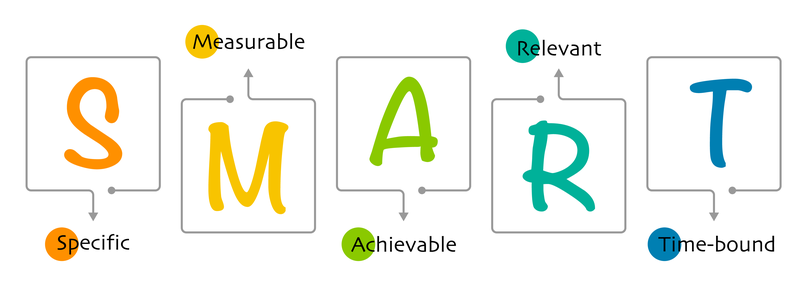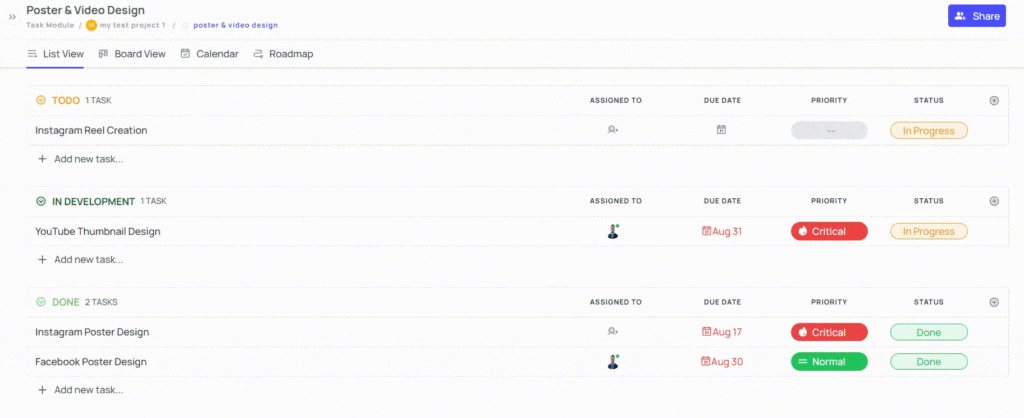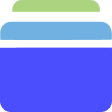Project management is a systematic and structured approach to planning, executing, monitoring, and completing a project to achieve specific objectives while managing constraints such as time, budget, and resources. It involves a series of processes and techniques aimed at ensuring that projects are delivered successfully, on time, within budget, and meeting the required quality standards.
Project management is immensely important both in the business world and in everyday life. Its significance stems from its ability to provide structure, efficiency, and effectiveness in achieving goals and objectives, whether those objectives are related to business projects or personal endeavors. Here’s why project management is crucial in both contexts:
Key aspects of project management:
1. Project Initiation:
This is where the project’s purpose, goals, and objectives are defined. It involves assessing whether the project is feasible and aligns with the organization’s strategic objectives. For example, a company decides to launch a new product and initiates a project to bring it to market.

2. Planning:
Project planning involves developing a detailed project plan that outlines the scope, schedule, budget, resources, and risks associated with the project. A project manager creates a project charter, work breakdown structure (WBS), and a project schedule. There are many business project management software in the market to choose from to manage projects efficiently. Not all of them are pricy. For instance, Tixio is a good project manager for specifying tasks, timelines, and required resources.
3. Goal Definition:
“The best way to predict the future is to create it,” said Peter Drucker. Goal definition in project management is a crucial step that involves clearly and precisely defining what the project aims to achieve. These goals, also known as project objectives, provide the foundation for the entire project which helps to guide the planning, execution, monitoring, and control of the project, ensuring that it stays focused and aligned with the desired outcomes. Goals should be S.M.A.R.T. Let’s discuss what SMART goals mean.

Specific: The goal should be clear, specific, and well-defined. It should answer the questions: What needs to be accomplished? Why is it important? Who is involved? Where will it happen? What are the constraints?
Measurable: The goal should include quantifiable criteria that can be used to track progress and determine when the goal has been achieved. It answers the question: How will you measure progress or know when you’ve succeeded?
Achievable: The goal should be realistic and attainable. It should challenge the individual or team but still be within their capabilities and available resources. It answers the question: Is the goal achievable given constraints like time, budget, and resources?
Relevant: The goal should be relevant and aligned with the broader objectives or mission. It should make sense in the context of the larger picture. It answers the question: Does this goal matter, and does it align with our overall objectives?
Time-Bound: The goal should have a specific timeframe or deadline by which it should be achieved. This creates a sense of urgency and helps with planning and prioritization. It answers the question: When will this goal be accomplished?
4. Scope Management:
“You can do anything, but not everything,” advised David Allen. Project managers ensure that the project stays focused on its core goals and doesn’t wander off into the “everything” territory. Scope management is the process of defining, controlling, and managing all the work required to successfully complete a project. It involves specifying what will be done during the project and, equally important, what will not be done. Effective scope management helps ensure that a project stays on track, within budget, and on schedule while meeting its intended objectives.
5. Execution:
This phase involves carrying out the project activities according to the project plan. Project managers coordinate resources, monitor progress, and ensure that tasks are completed as per the schedule and quality standards. For example, in an IT project, developers code the software based on the project requirements.
6. Monitoring and Controlling:
Project managers continuously track the project’s progress, compare it against the plan, and take corrective actions if necessary. This phase involves quality control, risk management, and making adjustments to keep the project on track. In a marketing campaign project, metrics are monitored to gauge the campaign’s effectiveness, and adjustments are made accordingly.
For example, in Tixio Task Module you can always assign your team members with specific deadlines, priority, and task status. If as a project manager, you want to break down your tasks, then you can add subtasks and track those as well.

7. Time Management:
Ever tried racing against a snail to finish a marathon? Project managers keep things on schedule. You set milestones, track progress, and crack the whip (figuratively) when needed. It is the process of planning, scheduling, monitoring, and controlling the allocation of time and resources to ensure that a project is completed within its defined timeframe. Effective time management is essential for meeting project deadlines, maintaining progress, and achieving project objectives.
8. Cost Management:
This is about making sure you don’t spend your life savings on a treehouse. Keep an eye on expenses, avoid impulse purchases (like that gold-plated ladder), and stay within budget.
Cost management comes with the process of planning, estimating, budgeting, controlling, and reporting the financial resources required to complete a project successfully within its defined scope, time, and quality constraints. It involves monitoring and managing project costs throughout the project’s lifecycle to ensure that it stays on budget and delivers value to stakeholders.

9. Stakeholder Communication:
Ensuring clear and effective communication among team members, stakeholders, and other relevant parties throughout the project’s lifecycle. It is the systematic process of exchanging information and engaging with all individuals or groups (stakeholders) who have an interest in or are affected by a project. It involves conveying project-related information, addressing concerns, and maintaining positive relationships with stakeholders throughout the project’s lifecycle.
10. Resource Management:
Resource allocation & management in project management is the process of strategically assigning and managing the necessary resources, including human, financial, and material, to ensure that a project is completed successfully and efficiently.
11. Risk Management:
Identifying potential risks that could affect the project and developing strategies to mitigate or respond to them. You need to identify, assess, mitigate, and monitor potential risks and uncertainties that could impact a project’s objectives.

12. Quality Management:
Ensuring that the project’s deliverables meet the specified quality standards and that quality control measures are in place. Define the quality standards, criteria, and expectations for the project deliverables. Create a quality management plan that outlines how quality will be achieved, measured, and verified.
13. Closing:
When the project is completed successfully and meets the predefined objectives, it’s time to close it out. This involves handing over deliverables to the client, obtaining approvals, releasing resources, and conducting a project review to capture lessons learned for future projects. For instance, after developing a new mobile app, the project is closed, and the app is launched to the public.

















